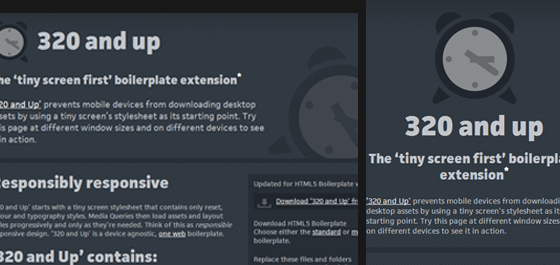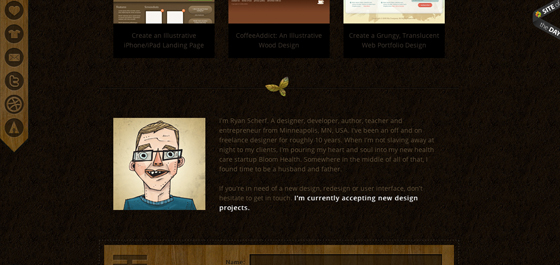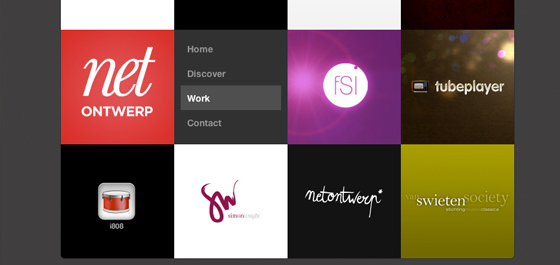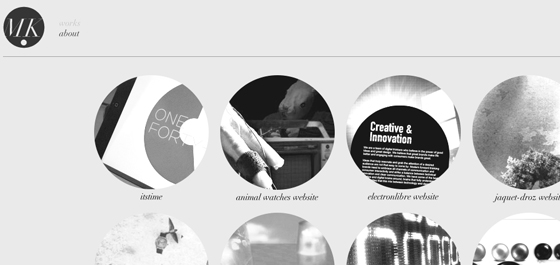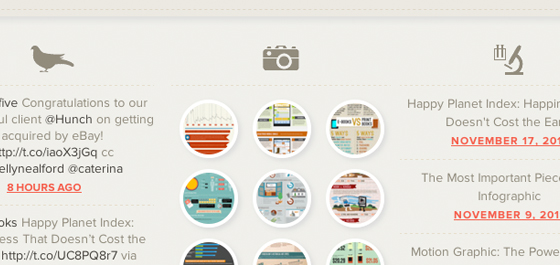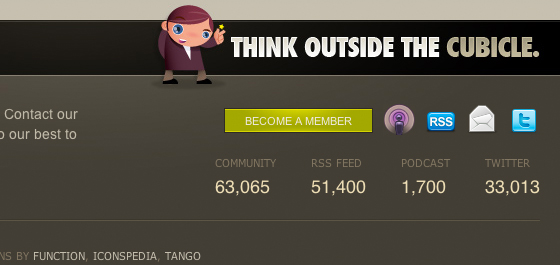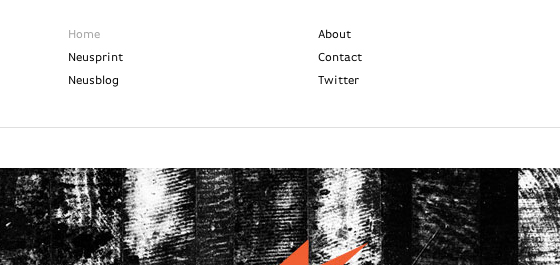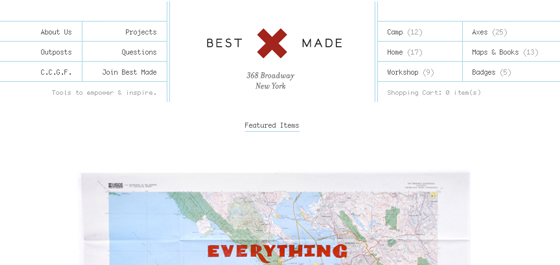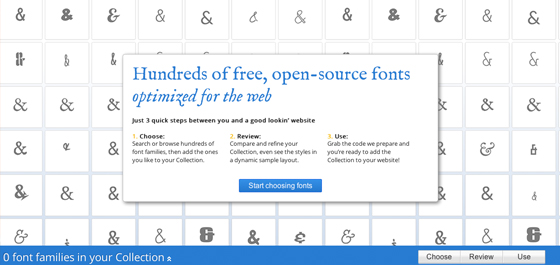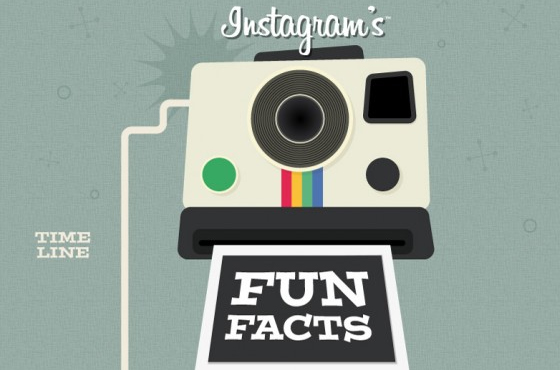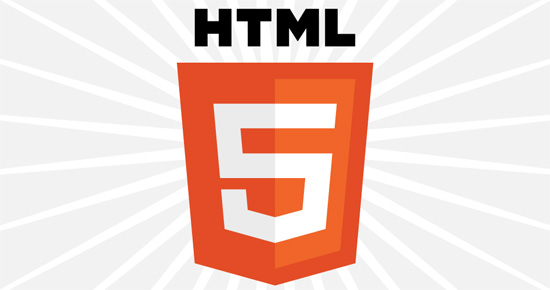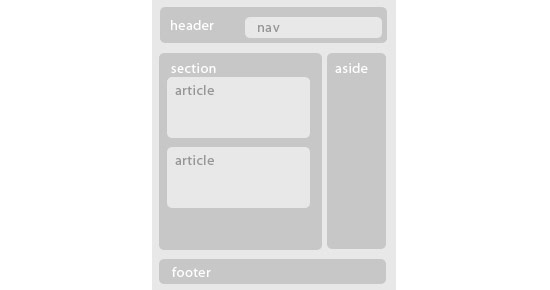Practicing Perfectionism as a Web and Graphic Designer
The idea of artistic perfectionism lies in a duality. Most web designers try to perfect their work with creative updates and patches. Not only to code, but also in Photoshop mockups and Illustrator vectors as well. There is a limit to this perfectionism mindset where you can take things too far overboard.

If you are somebody who pays careful attention to pixel-perfect layouts in Photoshop, kudos! You are one of the few designers out there who care enough in perfection to create the best possible products. This brings a type of joy and pleasure into your life seeing ideas come to fruition through your own hard work.


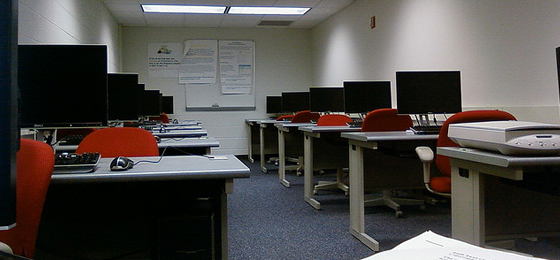

The idea of artistic perfectionism lies in a duality. Most web designers try to perfect their work with creative updates and patches. Not only to code, but also in Photoshop mockups and Illustrator vectors as well. There is a limit to this perfectionism mindset where you can take things too far overboard.
I’m hoping to look a bit deeper into this topic as to what defines perfectionism. What are some of the key benefits to being a perfectionist, especially with digital artistic works? The Internet has grown dramatically and connects into billions of peoples lives. Thus you can see why designers are often combing their work 5 or 6 times!
Levels of Attention
The basic definition of a perfectionist is somebody who requires all work to attain 100% perfect status in completion. Or in other words any completed product below attaining perfection would be deemed unacceptable. Granted, the design profession is often very subjective. How some may define “Good” or “Perfect” design properties can shift from person to person.

If you are somebody who pays careful attention to pixel-perfect layouts in Photoshop, kudos! You are one of the few designers out there who care enough in perfection to create the best possible products. This brings a type of joy and pleasure into your life seeing ideas come to fruition through your own hard work.
But there is another light to perfectionism which can reduce productivity dramatically. When you look over a project and it seems nothing is close to finished. You may not even bother getting started with work because it seems like the to-do list is never ending. Becoming neurotic about your work is a very dark realm where minute updates don’t appear to be very impactful.
Develop Personal Guidelines
Focusing a lot of energy into the neurotic detail-oriented mentality takes you away from the ultimate goal. After a certain amount of time nothing will please you anymore. It will be almost impossible to get anything done!

You must develop a set of personal standards and guidelines for your work. There isn’t truly a specific point where your design work is completed. Perfectionists are creating these ideas in their mind. So if that’s the case you should consciously become aware of your own stresses. Often you’ll find your work is just fine – so stop giving yourself a hard time!
Keep Neat and Organized
If you are going to become a practicing perfectionist you should start in the real world. If your desk and work area are cluttered with nonsense you’ll never be able to keep a good focus. Spend a bit of time cleaning up around your work area if need be. For those who keep to-do lists and calendars in a digital program it may help to re-organize your tasks in a friendlier manner as well.
Solid focus is the name of the game. If you are ever to get anything done you’ll need to focus at only one point in the process at a time. Having yourself organized and cleaned up is almost essential to keeping a healthy focus on your work. It’s absolutely okay to perfect your ideas and spend more time on projects. But if it seems weeks are passing with no improvement you should consider logging each of your daily tasks to protect against lost time.

As perfectionists we tend to get caught up in mental ruts. These are glitches in our schedules where we obsess over one or two small-detailed items. This behavior is certainly fine when you’re meant to be focusing on smaller areas. But if a couple days pass by and you’re re-building a draft for the 4th time, this could mean you’re in for some trouble.
Continue to Push Your Knowledge
Digital professionals are known for also getting caught up in their own minds. After studying web design or graphics design for 3-4 years, you may be of the opinion that you know it all. But always keep yourself learning new things!

Especially with Internet technology the passing days bring about vast changes. And it seems we are seeing more of these changes in fewer lengths of time. If you continue to challenge yourself with difficult and new materials it’ll keep you on the ball with upcoming technologies. You’ll be able to relate with designers easier since you can share ideas and tidbits of information.
Perfectionism comes seeded within holding a drive to be the best. Since there is only one “best” this is slightly unrealistic. But you can always design to the best of your abilities! If you are learning new techniques and happy with the designs you create don’t let anybody tell you otherwise. You’re choosing to improve your own wisdom and understanding of the digital world which can be a phenomenal experience.
Remove Yourself from Duality
Accomplishments are never felt as strongly through other people. This duality of trying to please others with our design work can become very tiring! You should realize early on that designing for a career is rewarding in and of itself.

Having any type of audience to look over and appreciate your works should feel remarkable. And to create and launch your own webpages in this era is nothing short of magical. Instead of focusing on the perfect layout or gradient color try directing your attention to the final product. With enough practice you can train yourself to finish a task much quicker with less draining energies. Then afterwards take a step back to clean up details and purify the design to your own liking.
Without the duality of good and bad design you’re simply left with trends. Different styles and unique patterns which can be seen in the vast quantities of website work. Really creative designers are on the cutting edge of these new trends for web and mobile design. Keeping yourself in-the-know and less distracted by smaller details will give you a much better chance of achieving happiness as an illustrator or web designer.
Conclusion
To be a perfectionist in your work is not a bad thing! It means you truly love what you’re doing and want others to love your work, too. But when you become obsessive over designing it seems project work stalls and nothing can get done.
Hopefully these tips can settle well with all digital/graphics designers. It is a tough profession with a lot of heavy competition. But never force anything into your work. By letting creative energies flow naturally you’ll feel a sense of invigoration and freedom from the abnormal neurotic standpoint. Let us know your thoughts or tricks when it comes to perfectionism in web design using the discussion area below.

